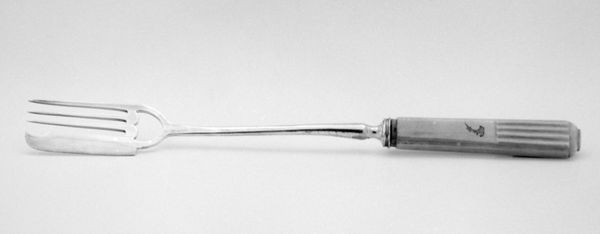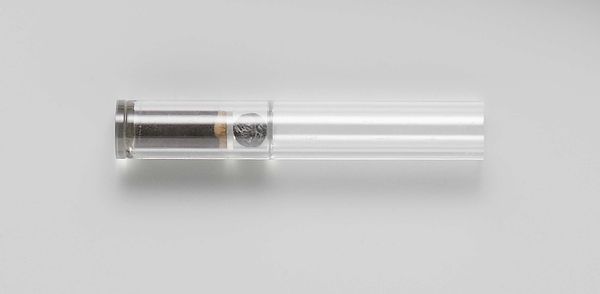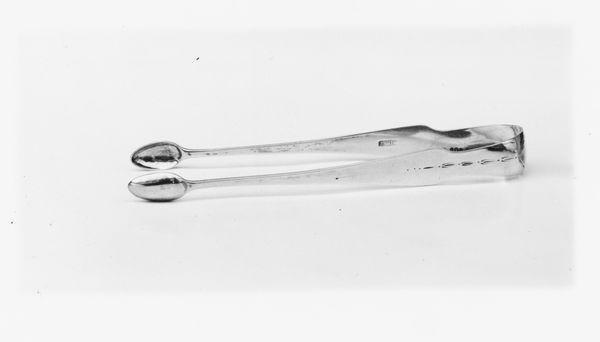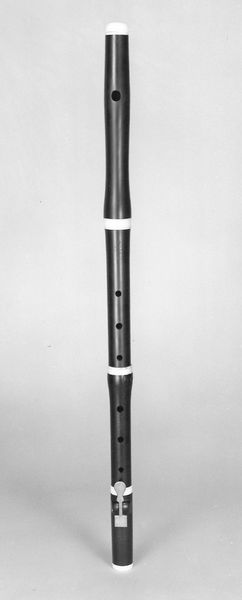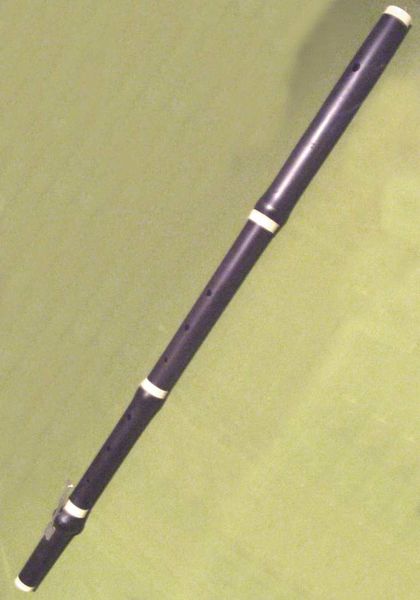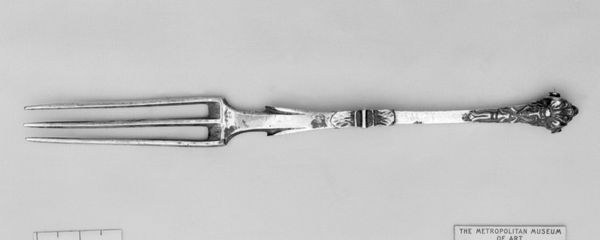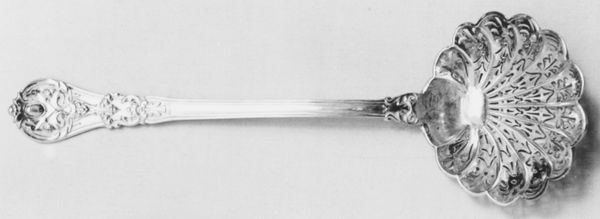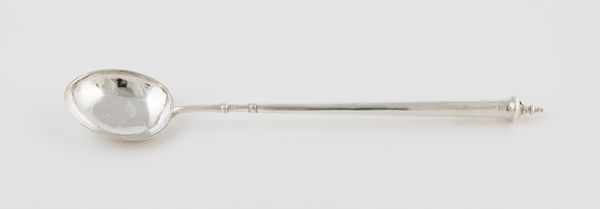
wood
#
baroque
#
wood
#
musical-instrument
Dimensions: 72.4 cm (28 1/2 in.)
Copyright: Public Domain
Editor: Here we have a violin bow dating from around 1730 to 1750, currently held at the Metropolitan Museum of Art. It's beautiful— the sleek, dark wood contrasting with the bright, almost ornate frog… How would you approach interpreting a seemingly simple object like this, Curator? Curator: Immediately, I'm drawn to the material reality of this bow. It’s crafted from wood, a once-living thing shaped by human labor into an instrument. We can consider its materiality, think of the wood's origin and transformation – what was the environmental cost? Whose hands shaped this object, and what were their social circumstances? The value wasn’t just added by the maker. What was the societal contribution? Editor: That’s a perspective I hadn't really considered. It makes me think about what kind of wood it is and how easy or hard it was to source. Curator: Exactly! And beyond the wood itself, consider the ivory—where did it come from? The trade in exotic materials like this speaks volumes about the historical context. Its creation speaks to trade routes, class, and a hierarchical economy that elevated certain craftsmanship and consumerism. This bow, then, represents so much more than just a musical tool. Editor: It's fascinating how an object seemingly so straightforward opens up into broader considerations of history and labor. Did the average musician own something like this, or was it always an item for the elite? Curator: The exclusivity is key. This was a status symbol, and still is to some extent. Understanding how instruments like this have been produced and circulated is crucial to interpreting their role within Baroque society, and indeed, within our own. Editor: I will certainly not look at objects the same way now. It sounds almost like detective work trying to uncover all this from an artwork. Curator: Absolutely. It invites a deeper reflection on value and artistry. Considering these points will make one a thoughtful consumer and student of art.
Comments
No comments
Be the first to comment and join the conversation on the ultimate creative platform.
